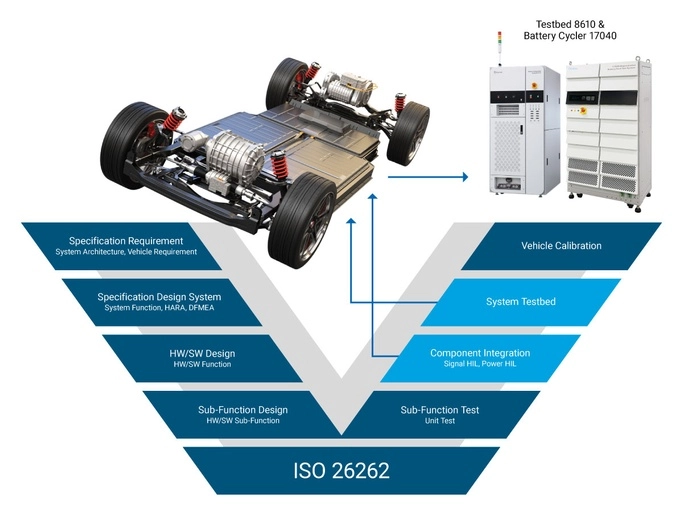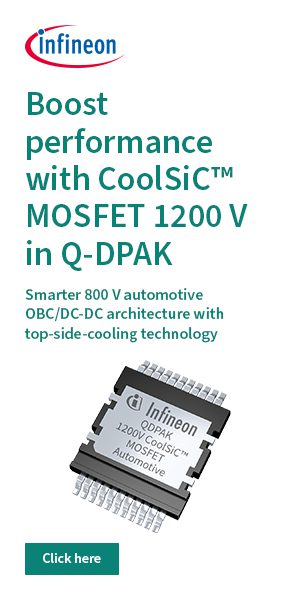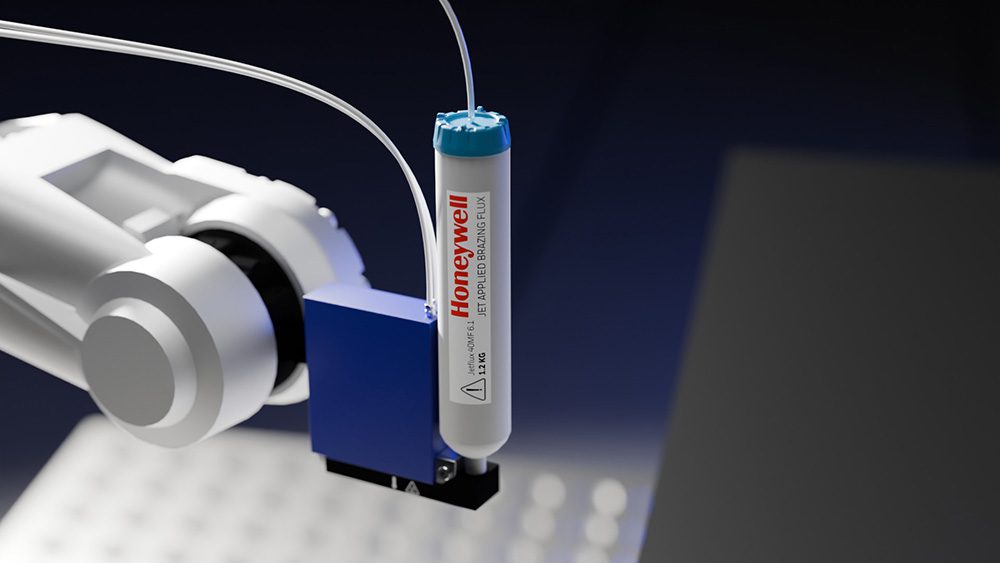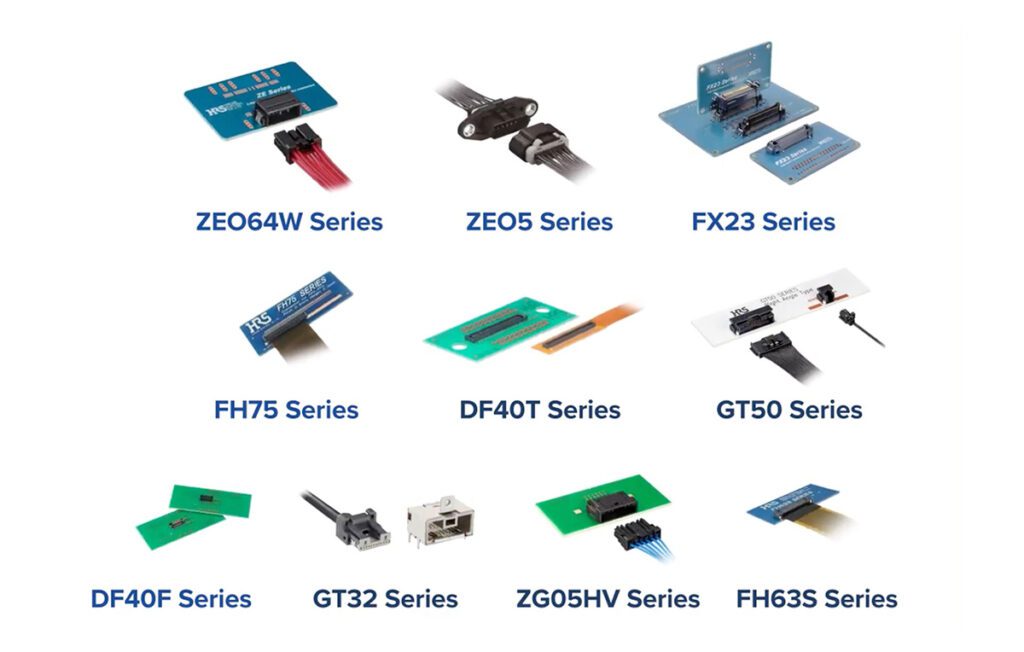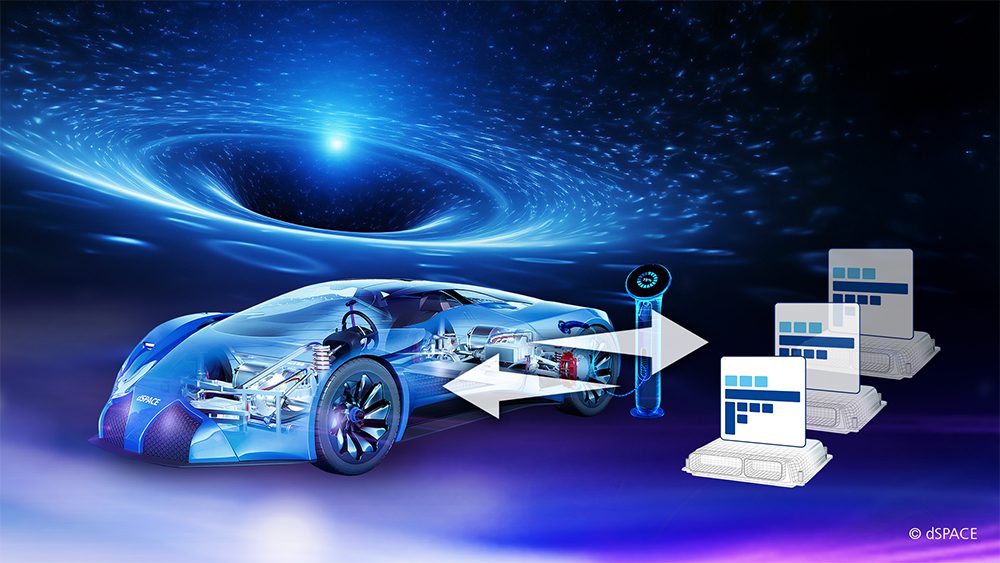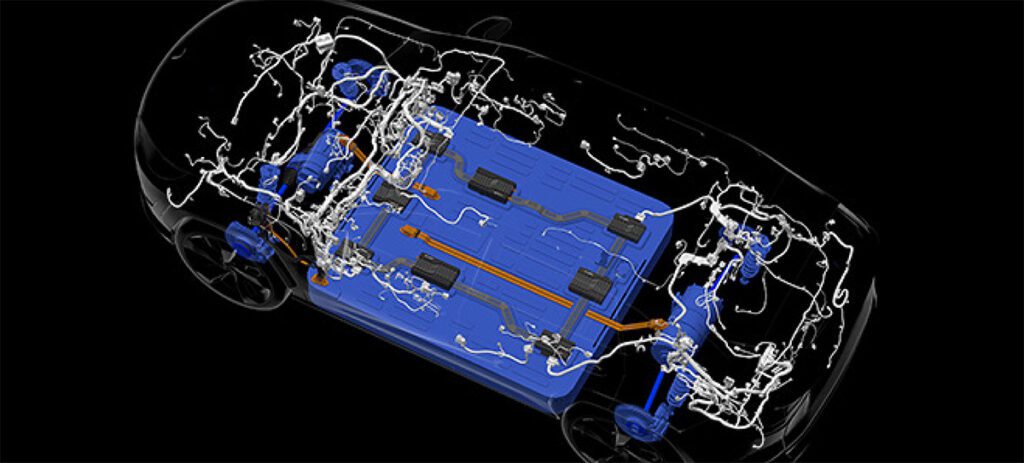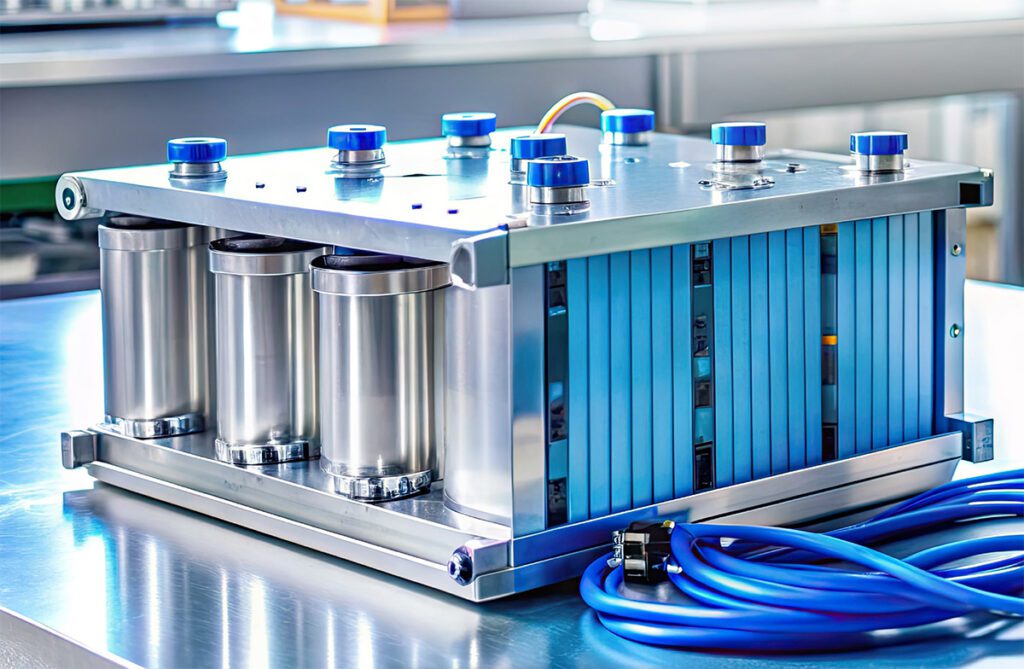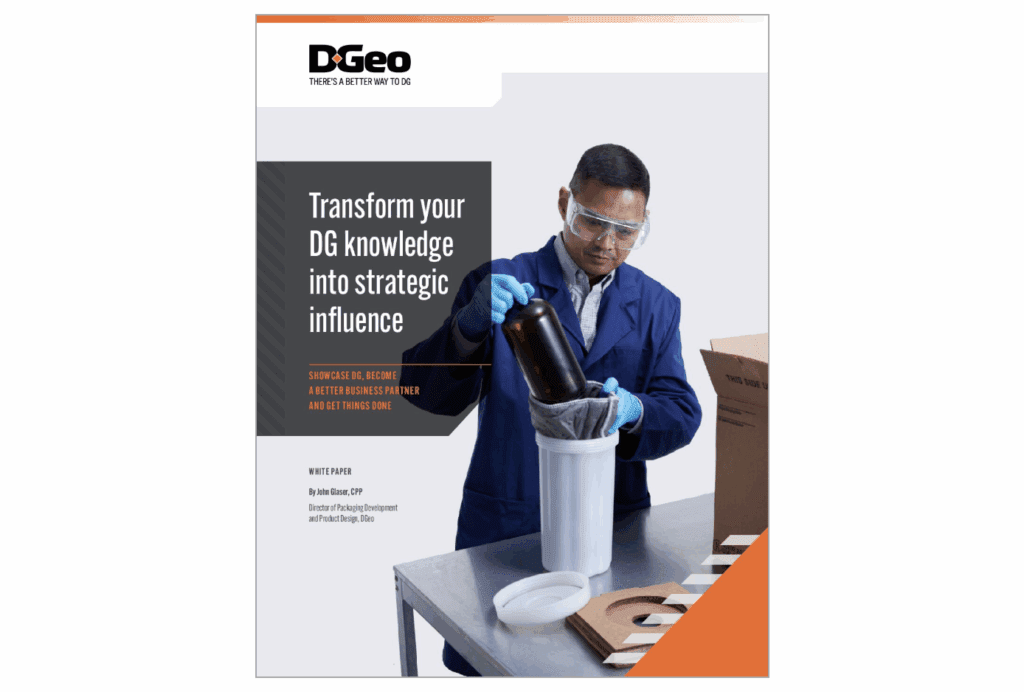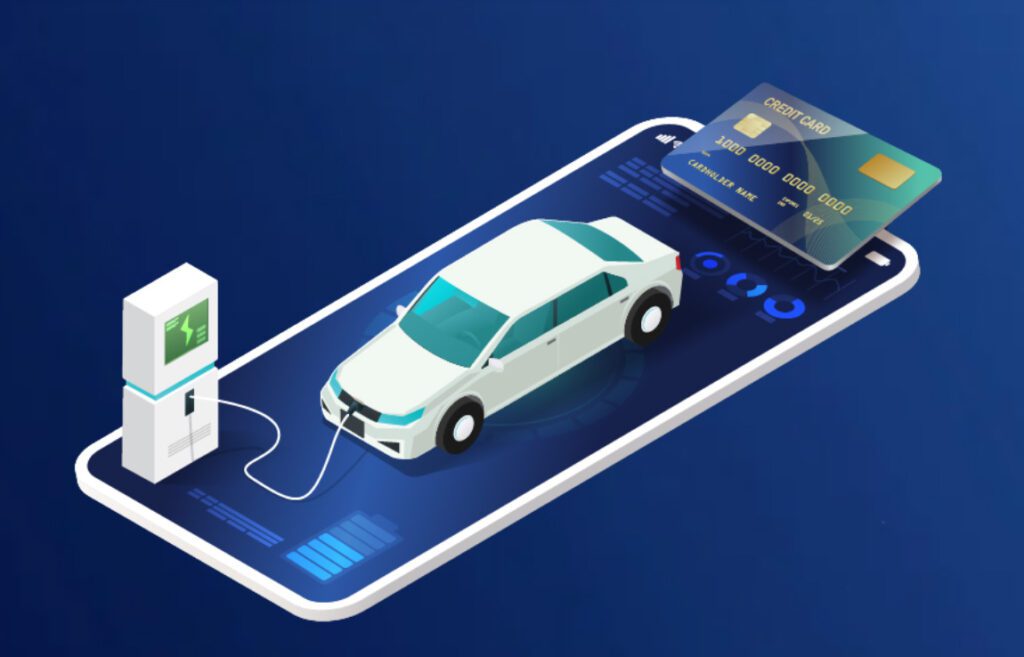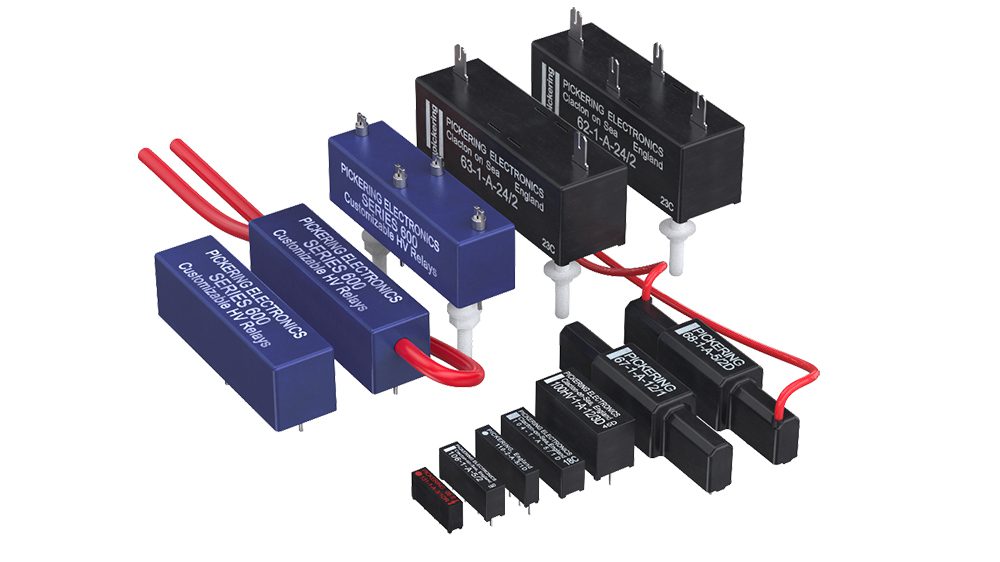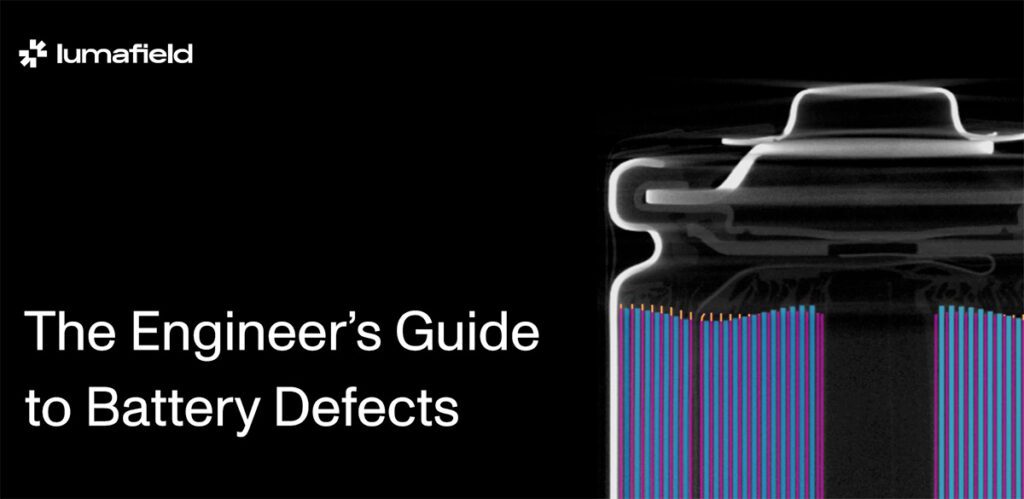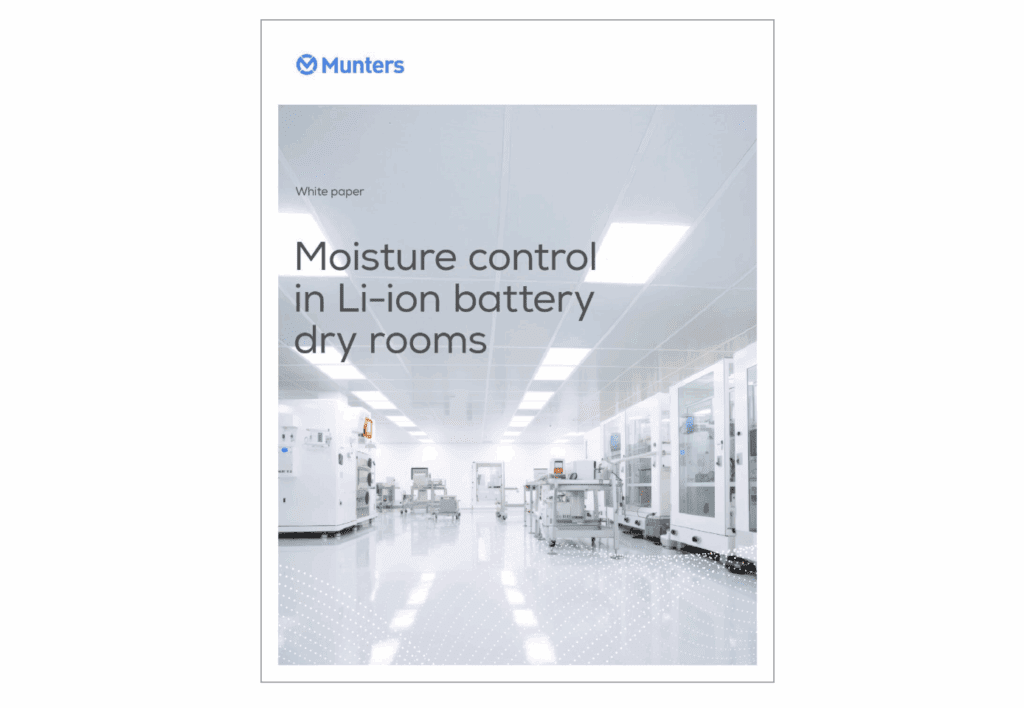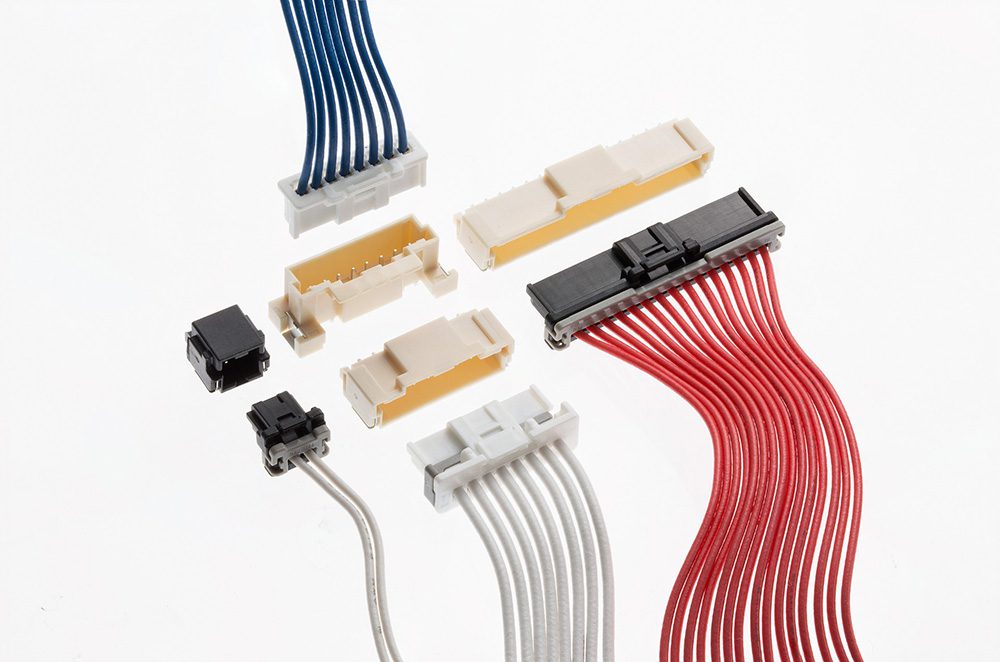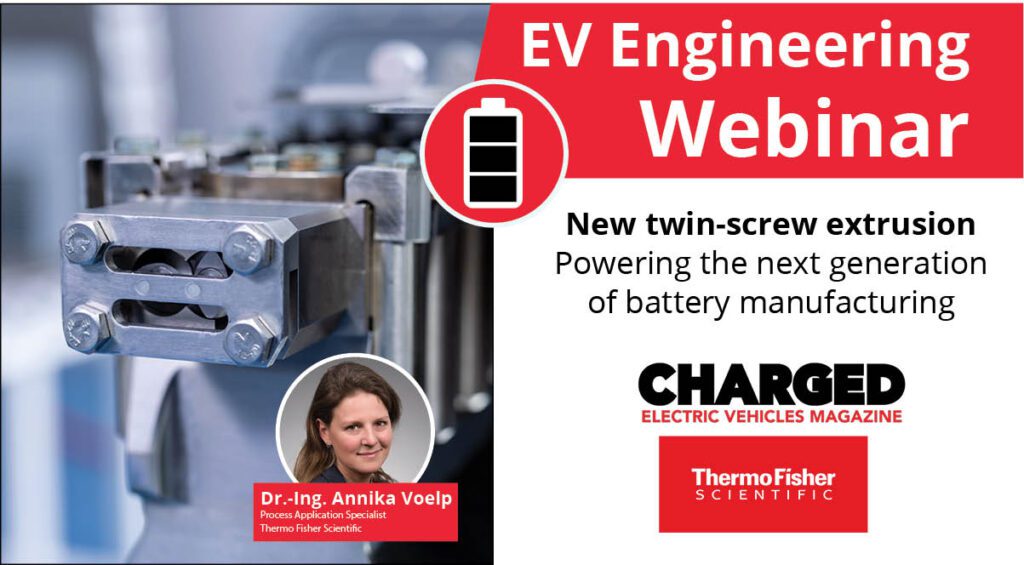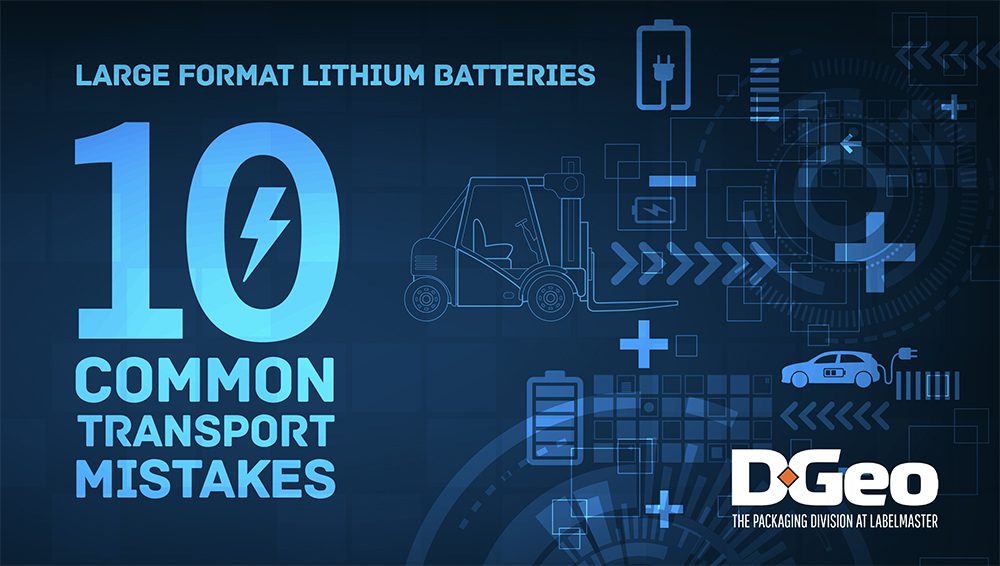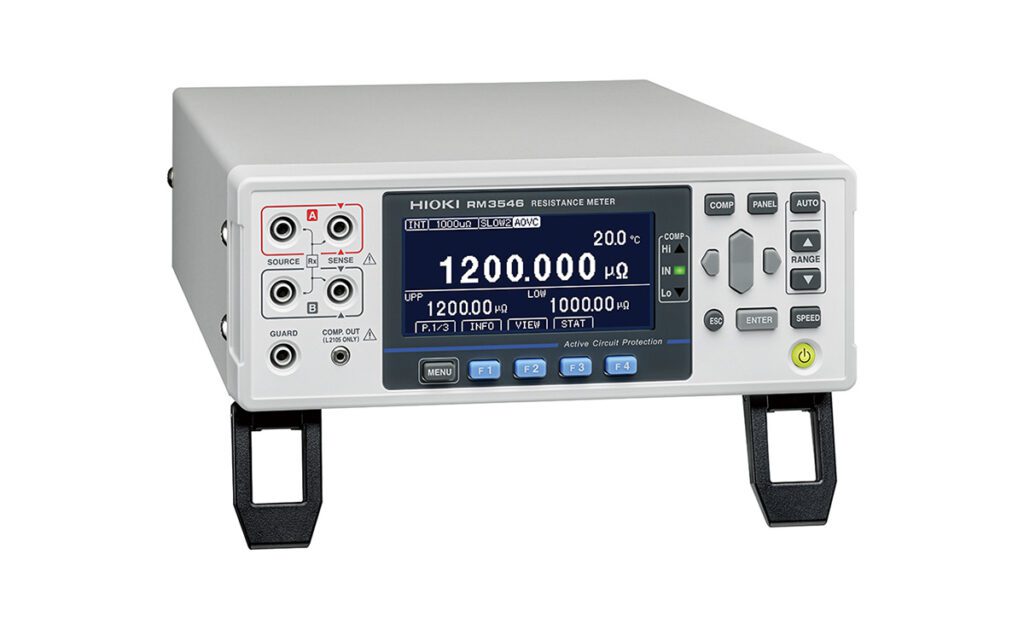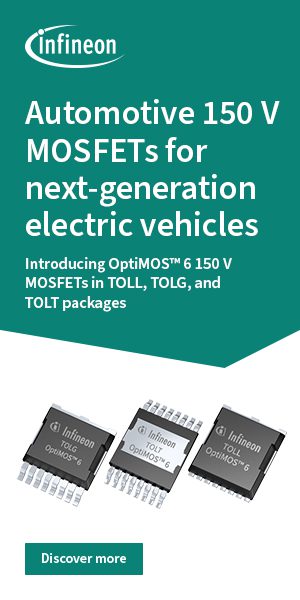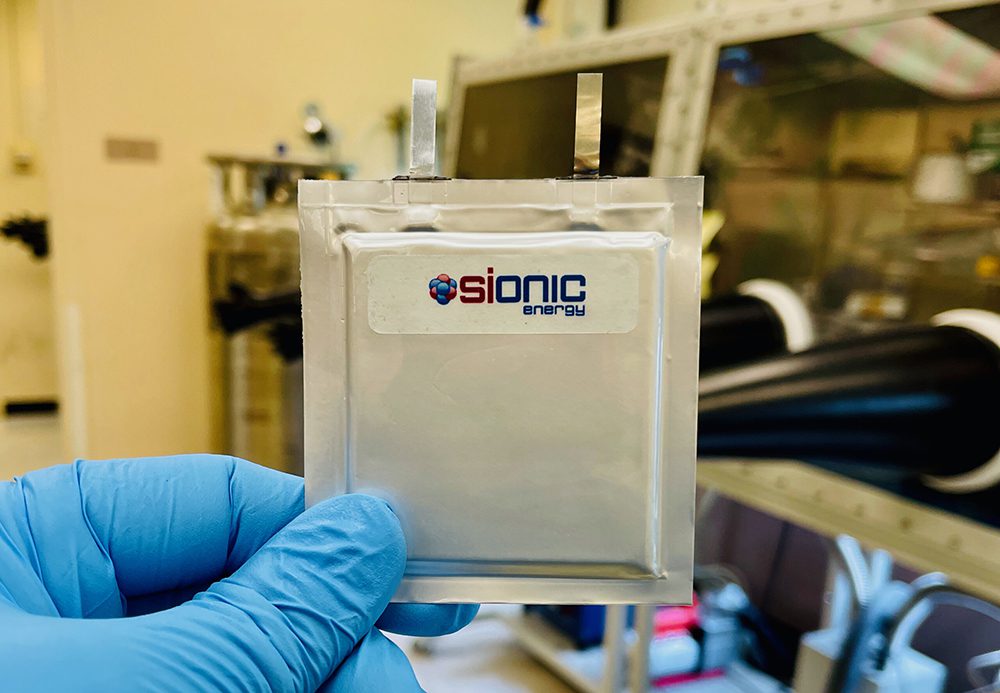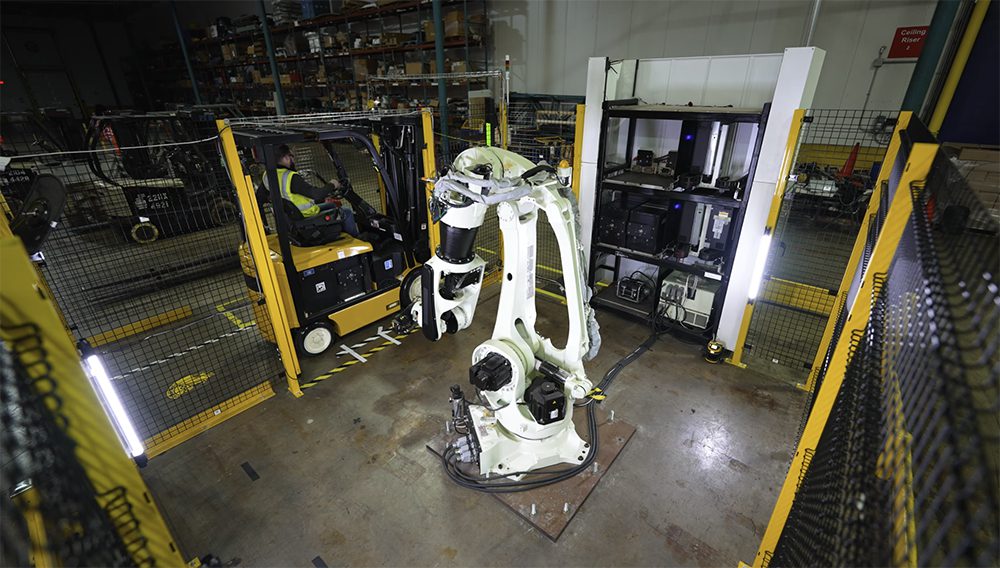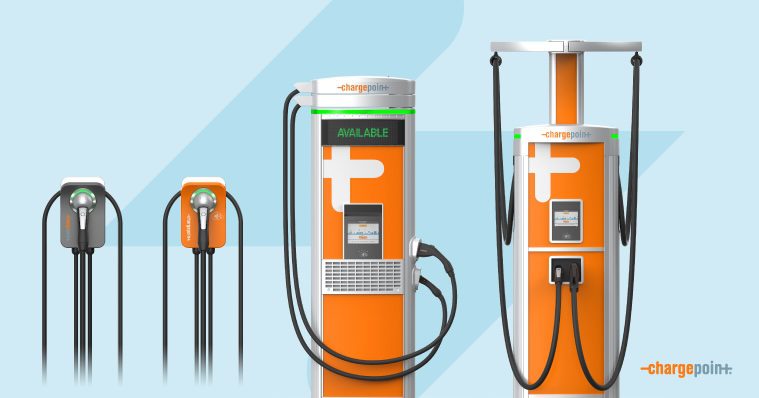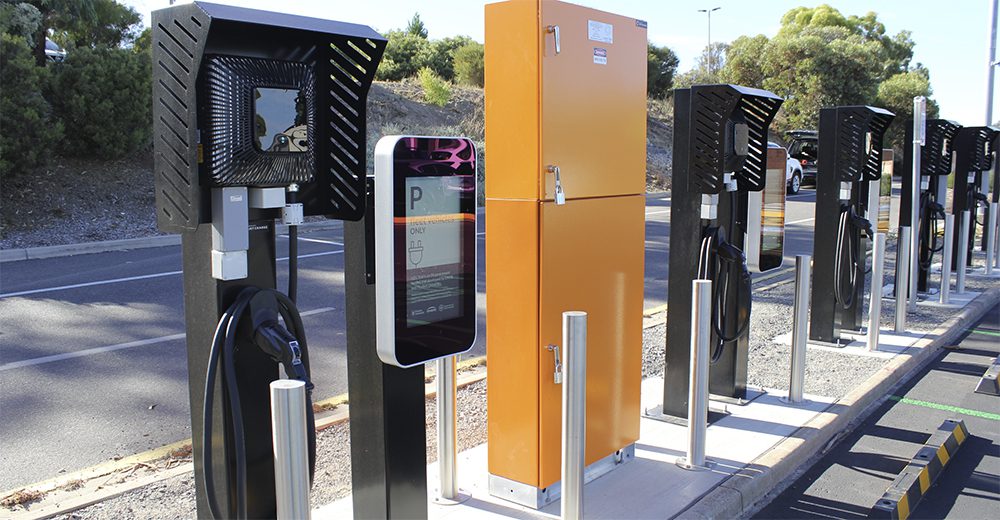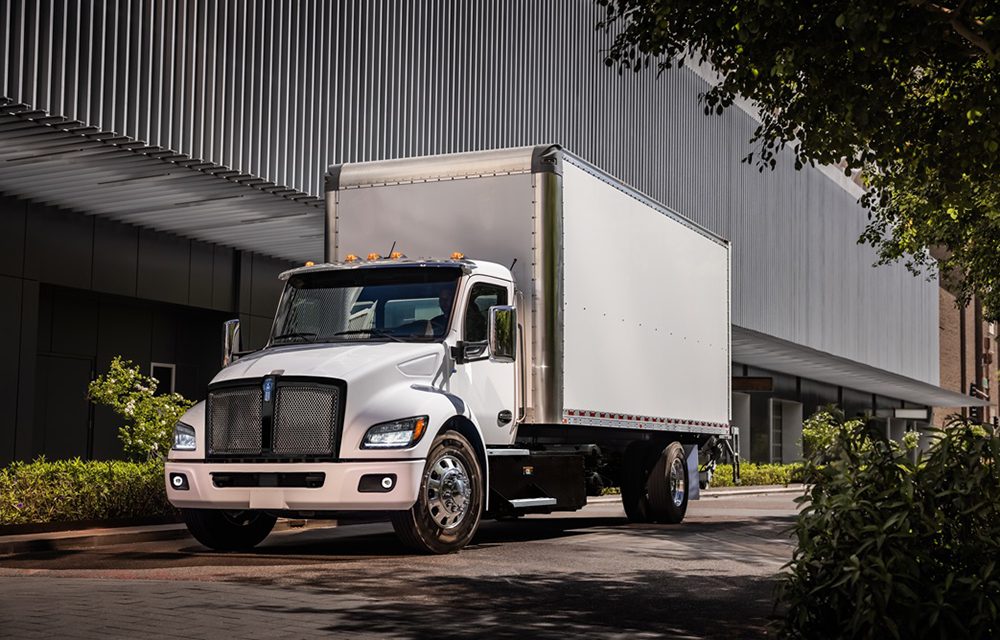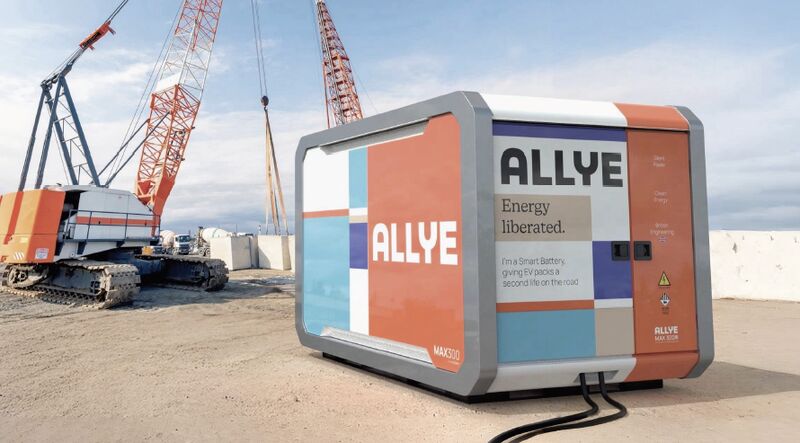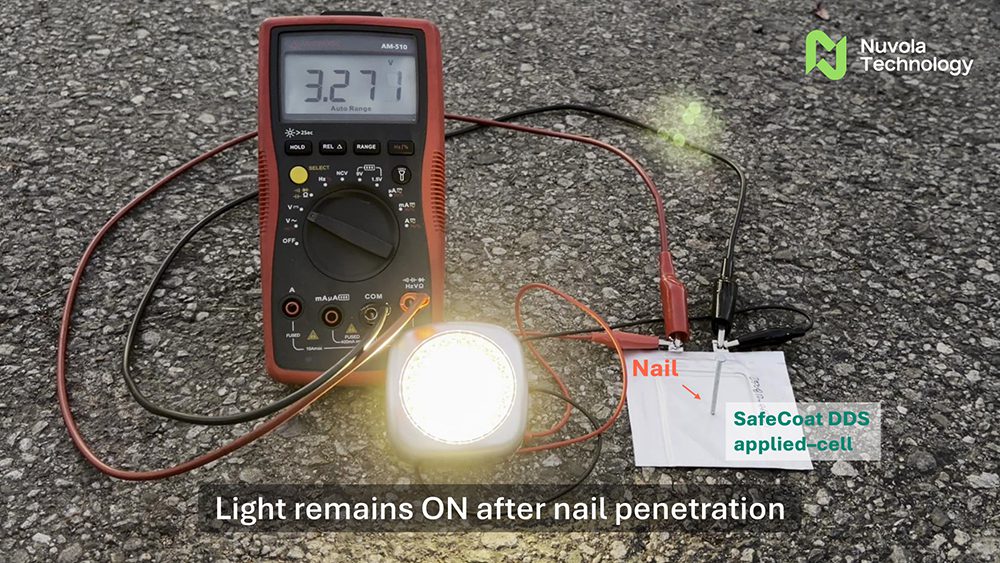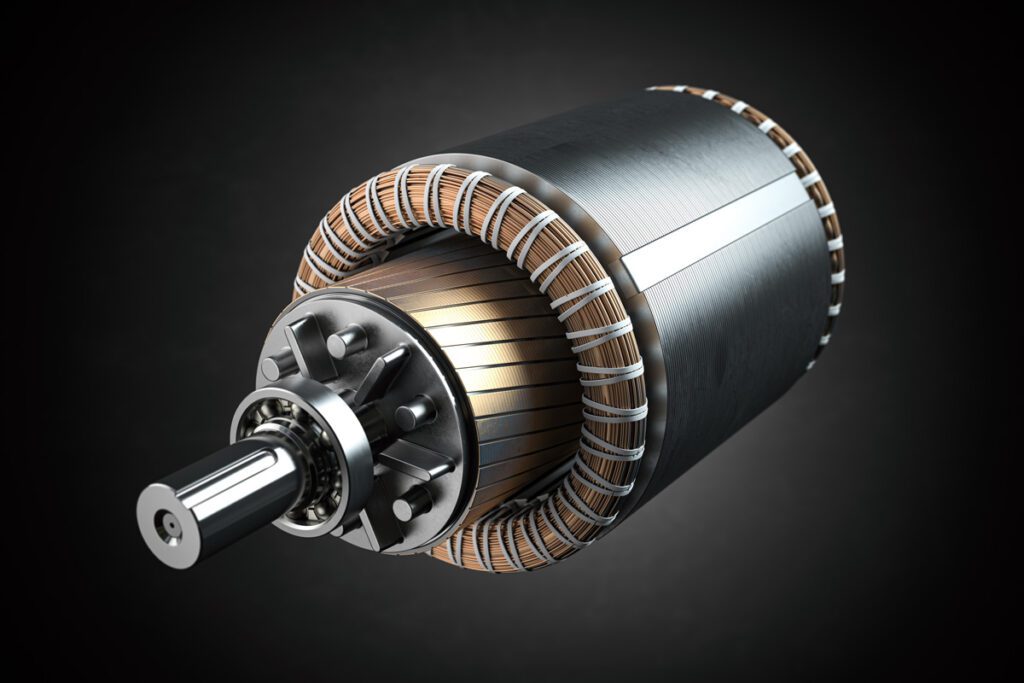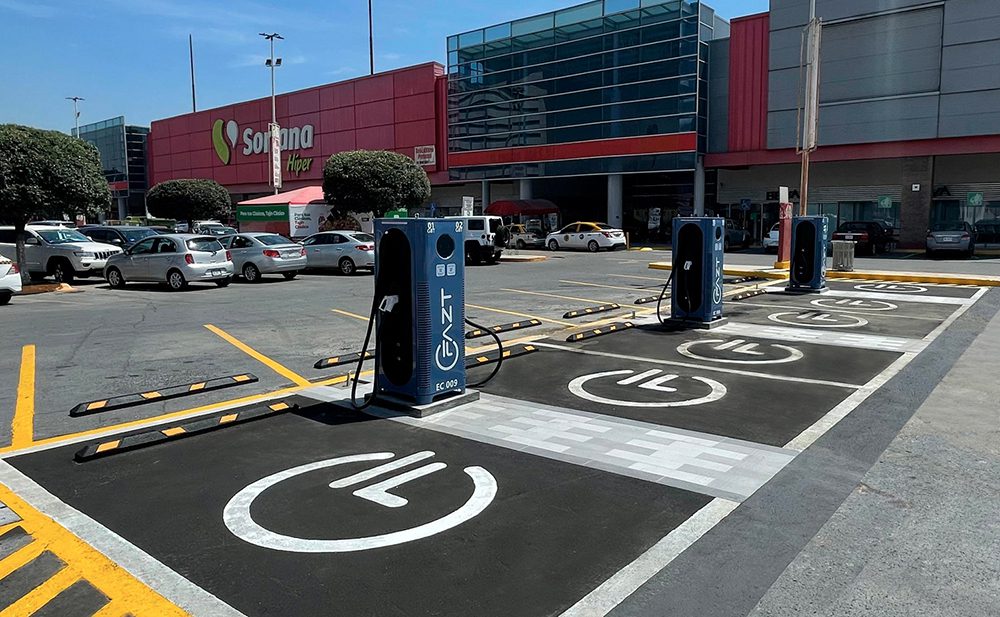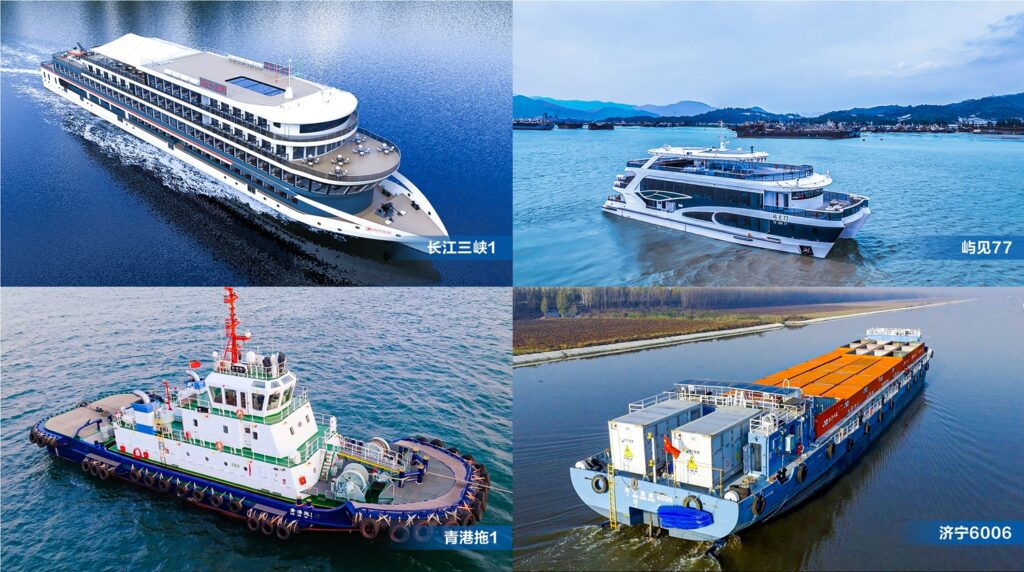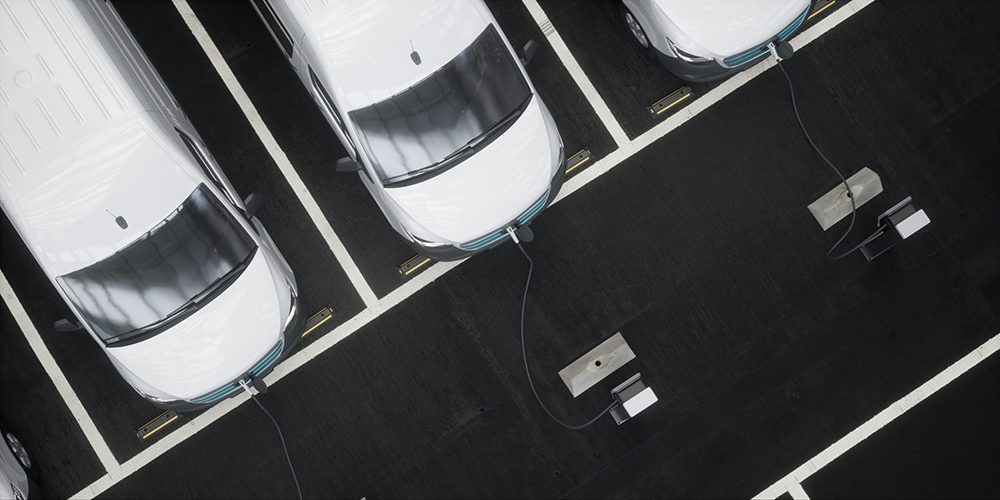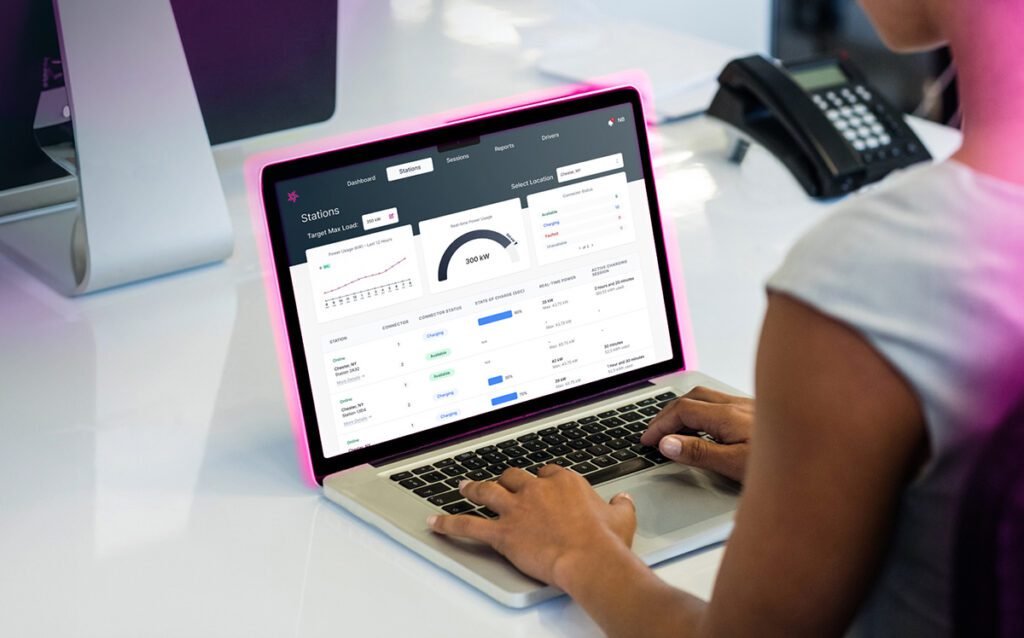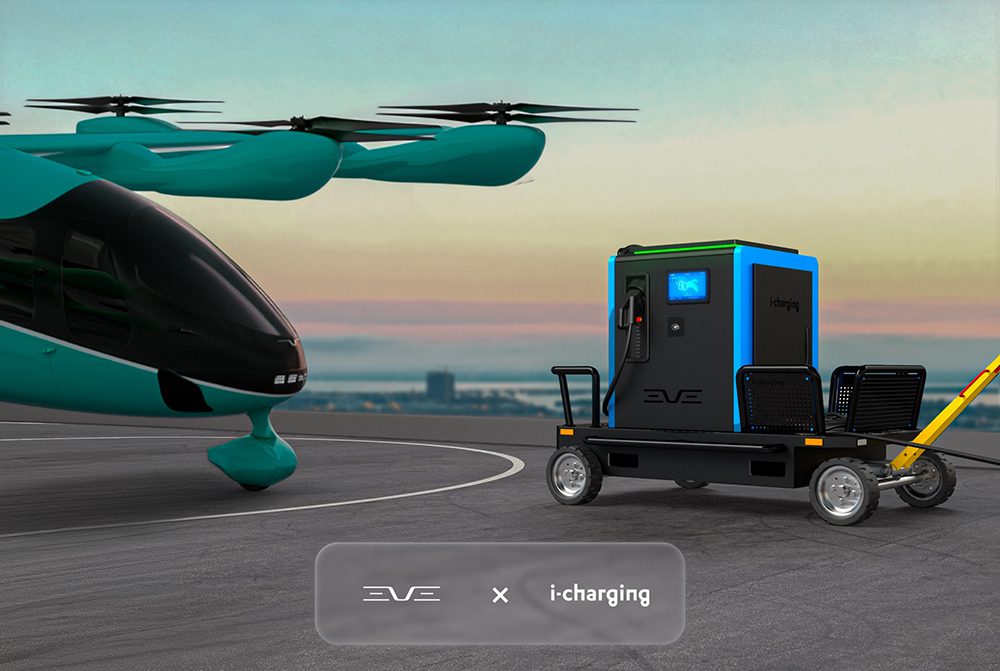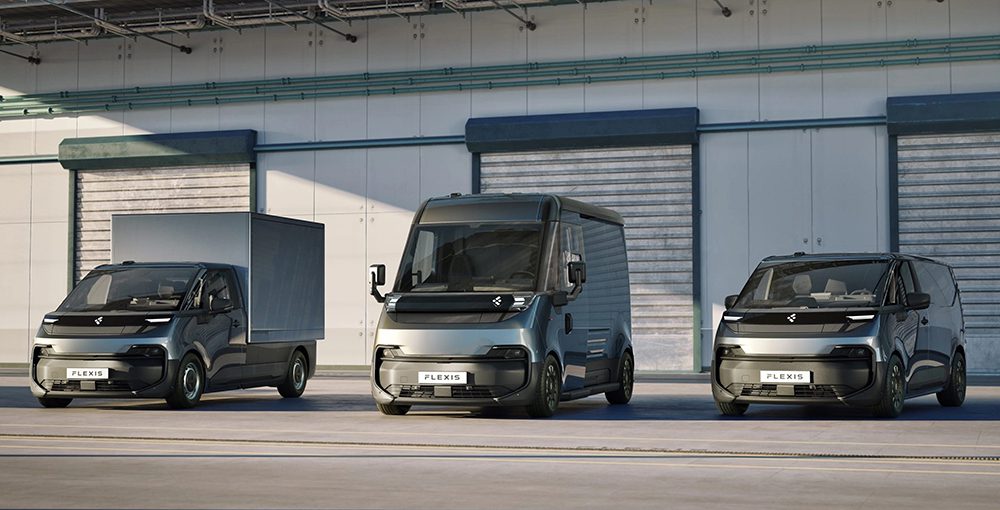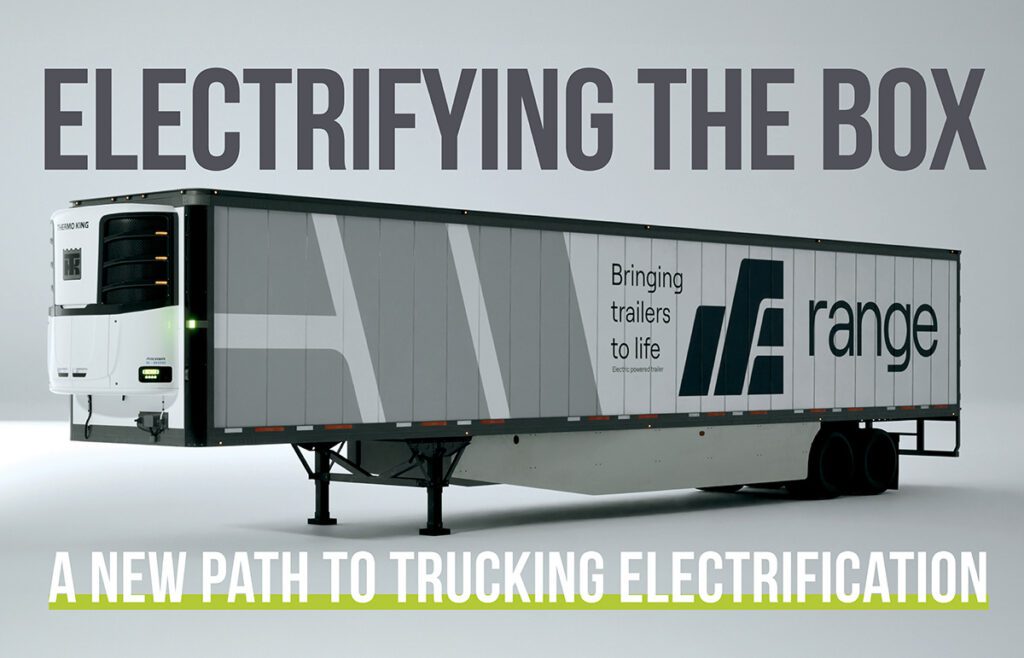HIL Automation can accelerate your turnaround time for decisive information about your software feature changes. It can also be a long uphill climb that may take years to achieve and can be a secondary concern until the floor drops out.
Join this webinar, at our Spring Virtual Conference on EV Engineering, presented by Chroma, where we will help define what HIL means and provide the perspective of 2 fictional companies with their own problems to solve in relation to automation. How can automation be achieved while still maintaining an aggressive test cadence? And why does it make all the difference to your customers? I’ll answer those questions and demonstrate solutions for your Power HIL needs to fight your unique battles toward automation from concept to finished product.
Other sessions at our Spring Virtual Conference include:
Enabling Superior Mobility Experiences With TE’s Data Connectivity Portfolio

There are three key trends driving an ever-increasing number of data connections in the automotive and commercial vehicle industries: Autonomous Driving, the Connected Vehicle, and User Experience.
At the same time these trends, along with the shift from traditional to zonal architectures within the vehicle, require these data connections to have a smaller footprint and to carry more information than in legacy platforms.
Join us for this webinar, presented by TTI and TE Connectivity, for an in-depth discussion of design considerations for these trends in the automotive and commercial vehicle markets, as well as how TE Connectivity products can enable your data connectivity design.
Key topics to be covered:
- Key trends in the automotive and commercial vehicle markets driving data connectivity
- Innovations in the mobility experience, including devices and connections
- Vehicle data architecture trends from traditional to zonal
- The impact of trends and architecture shift on connector design
- TE’s connector strategy and how it aligns with the key trends
Other sessions at our Spring Virtual Conference include:
Drive Performance Through Battery Cell Chemistry
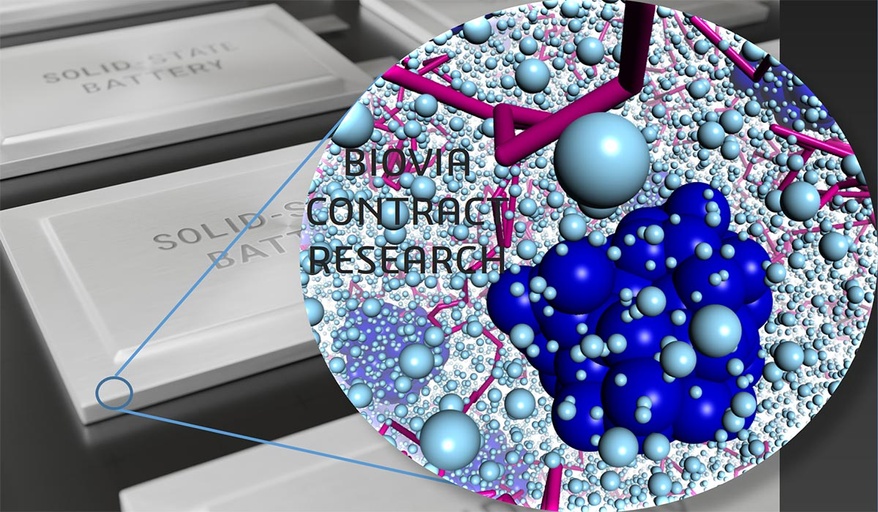
The demand for safer, longer-lasting, faster charging, cheaper and energy-dense batteries is disrupting the entire industry. Rapid battery evolution, affordability, sustainability and recyclability are key to delivering the next generation of EVs. The automotive and transportation sector is transforming their fleets to electric cars, electric buses, and electric trucks. Auto OEMs, start-ups, battery makers and specialty chemical companies are all investing large amounts of resources for groundbreaking innovations. Time is of the essence and accelerating innovation is key.
Launching and managing a battery innovation program presents a unique set of challenges due to the rapidly shifting consumer expectations, evolving public energy options and of course, the amazing advances that are happening at what seems like an almost daily pace. Coupled with that is an acute need to source scientific talent that is well versed in both the language of battery development and the specific contours associated with the wider transportation sector that is driving battery development.
Join this webinar, presented by Dassault Systemes, where we will cover case studies on design, optimization and innovation of battery chemistry, as well as design-for-manufacturing approaches.
Webinar highlights:
- Virtual twin of battery cell and simulation of cell performance
- Validated use-cases covering challenges, solutions and results
- Driving battery innovation programs from ideation through to delivery
- Engagement framework with our Customers to drive performance of cell for the next generation
See the full session list for the Spring Virtual Conference on EV Engineering here.

Broadcast live April 17 – 20, 2023, the conference content will span the EV engineering supply chain and ecosystem, including motor and power electronics design and manufacturing, cell development, battery systems, testing, powertrains, thermal management, circuit protection, wire and cable, EMI/EMC and more.







